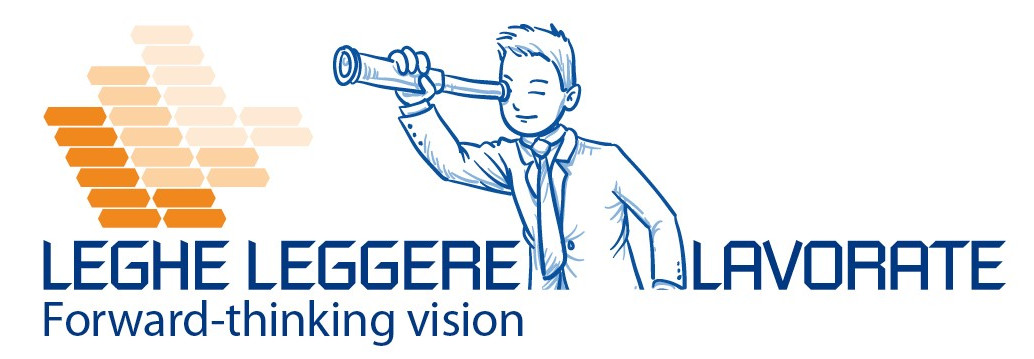The validation of the production process is an important step for the realization of an implantable medical device.
How does the validation of the production process of a medical device take place?
In a first phase of the production process of an implantable medical device, a “road map” of the various activities to be done is defined and shared with the customer. In the next phase of the production process of an implantable medical device, it is necessary to validate the product in 3 “runs”:
- 1st run of the production process: after the preparation of the machine, 10 samples are made
- 2nd run of the production process: the most critical and delicate tools are disassembled and replaced. After that, other 10 samples are made
- 3rd run of the production process: as in the previous phase, the tools are changed and the last 10 samples are made.
The tolerances of the critical dimensions must be in the established CPK (usually 1.65) to confirm that the production process is stable.
What is the CPK and what is meant by stable production process?
The CPK value is linked to the number of scraps according to the pieces produced. If the value is slow, more scraps are “allowed”. If the values gest high (1.33 upwards), less scraps are accepted!
Clearly, the validation of a production process can’tguarantee errors in the production phase of the implantable medical device. For this reason, quality controls are necessary in the production phase.
Quality control of the production process of a medical device
After a first production batch, we proceed to the control phase of the production process of a medical device.
What does at this stage of quality control happen?
A defined number of components is checked in the quality department.
The other pieces are temporarily placed in a “quarantine” area. They will be put in again in the production process after the control on the removed components, or their 100% control remediation.
In the quality department, the sample pieces are checked according to the customers guide line (control plans).
The tools we generally use for these controls are defined together with the customer’s quality department, so as to align the methods for detecting the various quotas.

